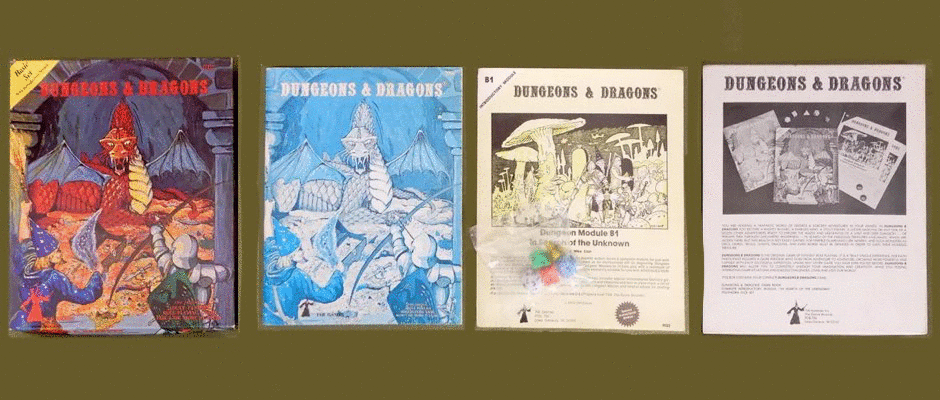I stumbled upon this half-Italian/half-Swede (like Isabella Rossellini!) via the podcast Stuff You Missed in History Class. I would recommend listening to it since the hosts do a better job giving an oral overview about Marie’s life.
The shorter version from me if you don’t want to listen to the 30-minute podcast would be this…
Marie is the ballerina of the Romantic Era (1800s) who, with the choreography of her famous father Filippo, changed ballet into its current form the world over. It didn’t start easily due to ballet being dominated by the French, namely Parisians. Similar to how hockey is dominated by Canadians. Anyway, French instructors felt Marie was too plain, clumsy and made snide comments about her being a hunchback; historians continue to debate how real her spine issues were. Marie was a Taglioni, a third-generation ballet artist so not dancing wasn’t in her DNA as per Filippo’s mindset.
However, by the time Marie was a teenager, she still wasn’t very good. Filippo took matters into his own hands and put her through a rigorous series of six-hours-a-day practices. A key exercise to the routine was strengthening her feet. Back in the Nineteenth century, ballet shoes were completely soft, thus the dancer’s toes had no assistance on getting the foot to point. Ouch! Today there’s some support yet ballerinas continue to have feet that frighten even the most grizzled podiatrist.
Filippo then came up with ballets and moves and costumes from Eugene Lami to compliment Marie’s unique physique. The flowing tutu, fairy wings, the hairstyle, arm movements, hand movements and playful gestures are now standard ballet elements courtesy of him. These things made Marie the dancer of Europe with tours across the UK, Russia, Austria and eventually winning over her harshest critics back in France.
Sadly, Marie never danced in America and her personal life sucked. She was briefly married to Compte Gilbert de Voisins for a year or two. The legitimacy of their two children was called into question but never a big deal (the Kardashians have overcompensated here). Marie’s transition to instructor ended tragically when her favorite protege and successor Emma Livry died from burns caused by the costume catching fire in 1860. Retirement didn’t last neither as the Franco-Prussian War destroyed her nest egg. After that war, Marie spent a decade teaching ballroom dancing in London until moving back to France to live with her son for the last four year of her life.
So remember when you take in The Nutcracker or any other ballet performance (Swan Lake comes to mind). Italians developed those moves, not the Russians via the Bolshoi or the French who own the words.
